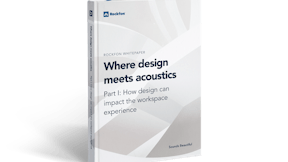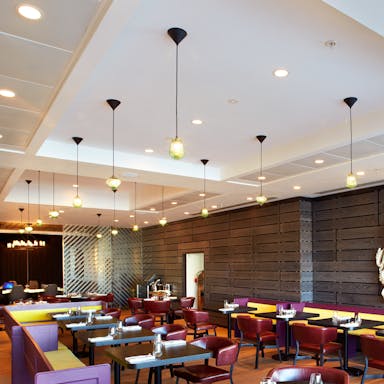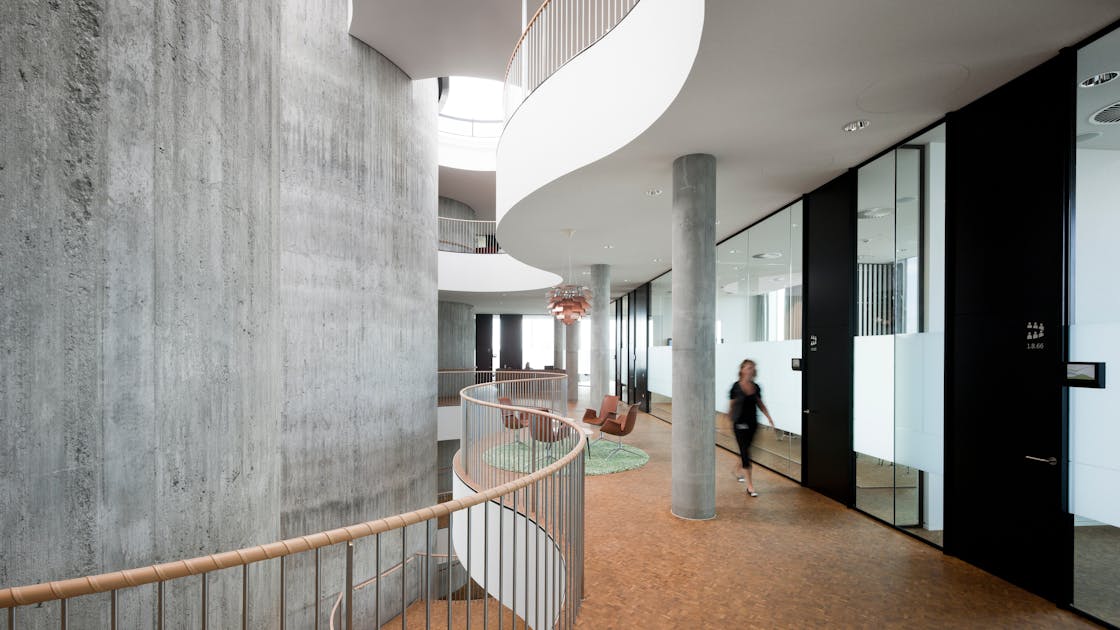One of the most interesting aspects of interior office design is its evolution. Interior workplace designs have gone from noisy, open-plan workspaces to claustrophobic cubicles, with room, light, and texture as key elements. And, the manner in which these components are employed has a big impact on the acoustic characteristics of office environments.
At the same time, traditional brick-and-mortar building methods have been replaced by novel alternatives. Healthy and reusable materials that are easily disassembled and rearranged have provided designers with additional inventive possibilities. These materials offer interior designers more freedom in terms of layout, allowing them to change room layouts with ease.
In part 1 of this whitepaper, we’ll explore:
- The history of office interior design;
- The core design elements that guide interior designers;
- How they shape contemporary interior office design and acoustics in the modern workplace.



